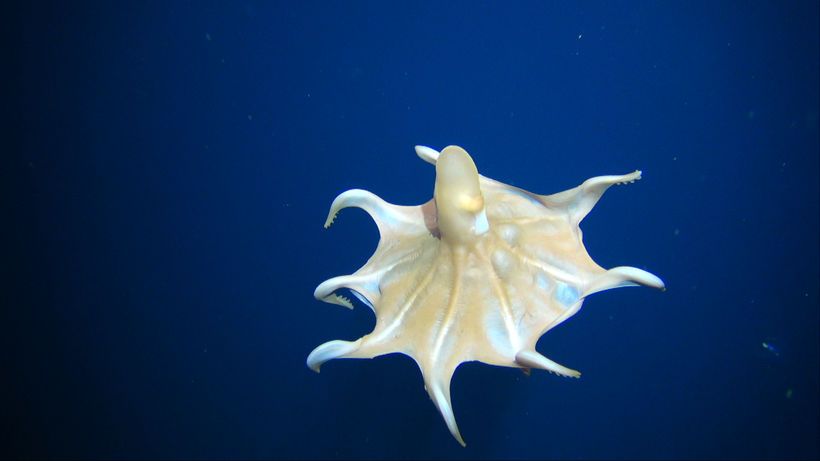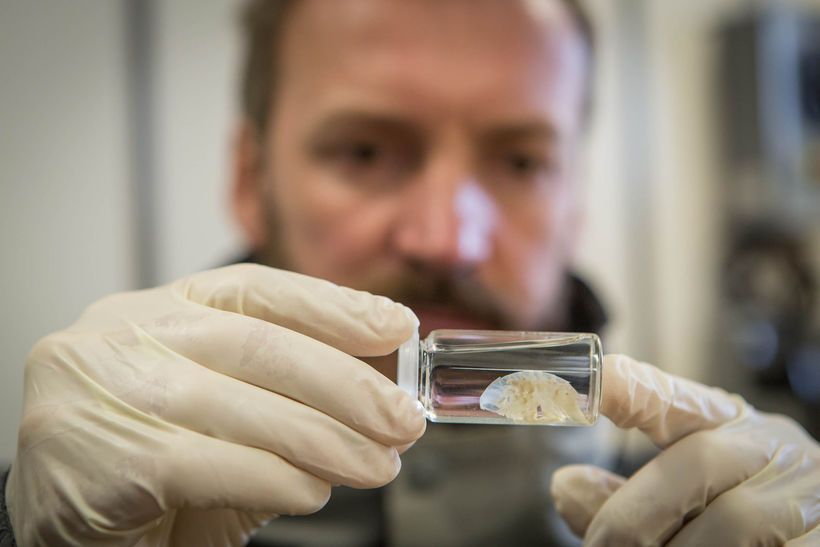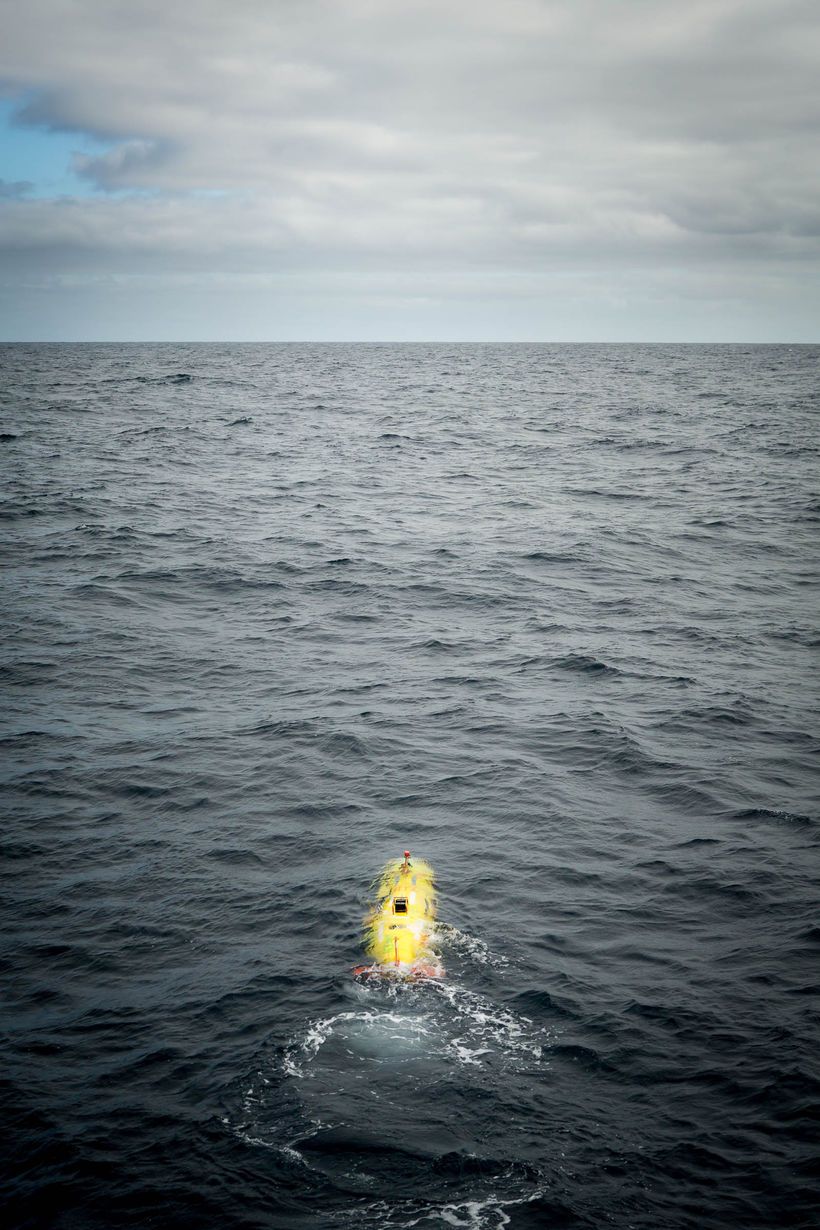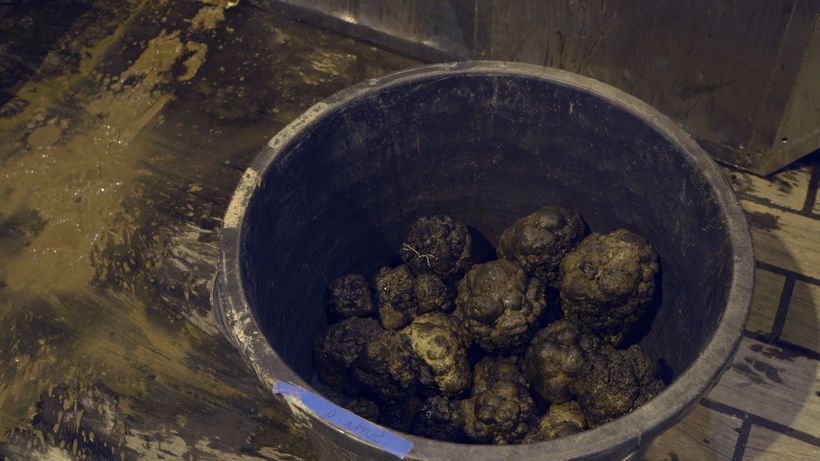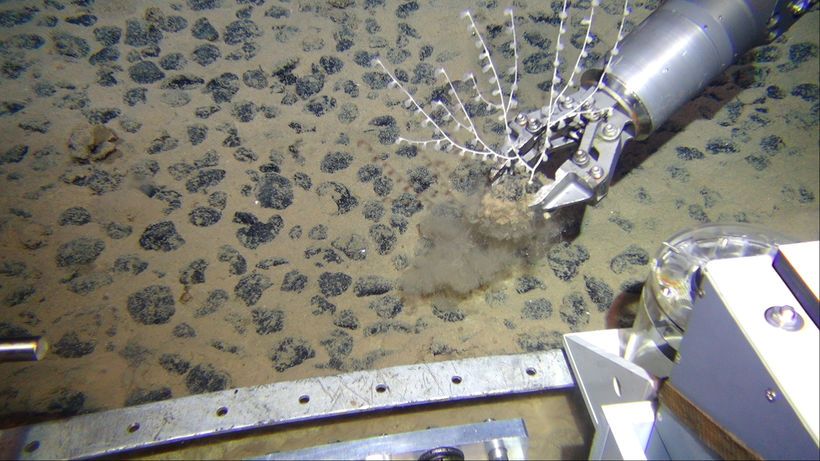Gold Rush in the Deep Sea
Manganese nodules do look like carbonized cauliflower and are supposed to be the new source of iron for our technologised society. But them lying on the floor of the pacific, approximately four kilometers deep, poses a big problem.
Can industrial mining retrieve these nodules? What will happen to the deep-sea ecosystem if man reaches for this last untouched part of the earth? We accompany scientists on the research vessel SONNE during their expedition to the Manganese Nodule Belt, where they search for answers that may determine our future.
To mine for these precious gems would have catastrophic effects on the circuits of the deep-sea and endanger an ecosystem, about which we know barely anything. But the decision to go mining seems to be a done deal.
Manganese nodules served as a cover story for the most expensive and spectacular CIA operation of all times. It offered hope to people who once had everything – but then lost everything. Nations all over the world are going to great lengths to retrieve these lumps of metal from the seabed. But can industrial mining really succeed in removing the nodules from depths of four thousand metres? What will happen to the deep-sea ecosystem if man reaches for this last untouched part of the Earth?
Facts
-
Original TitleManganknollen vom Meeresgrund - Goldrausch im Pazifik
-
Year2016
-
Length52' (ENG, GER, FRE)
-
ResolutionHD
-
Film byFriederike Lorenz, Tamar Baumgarten-Noort
-
Produced by
